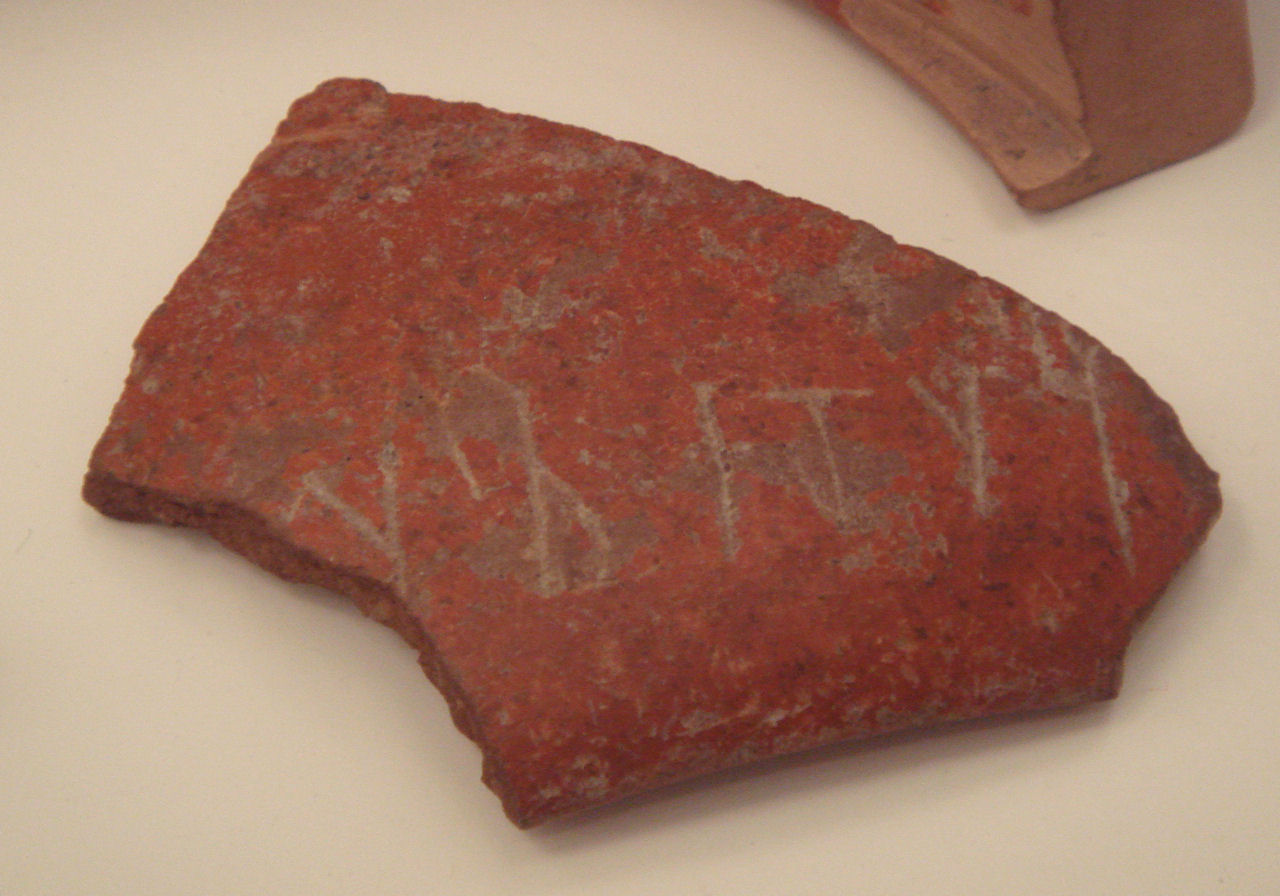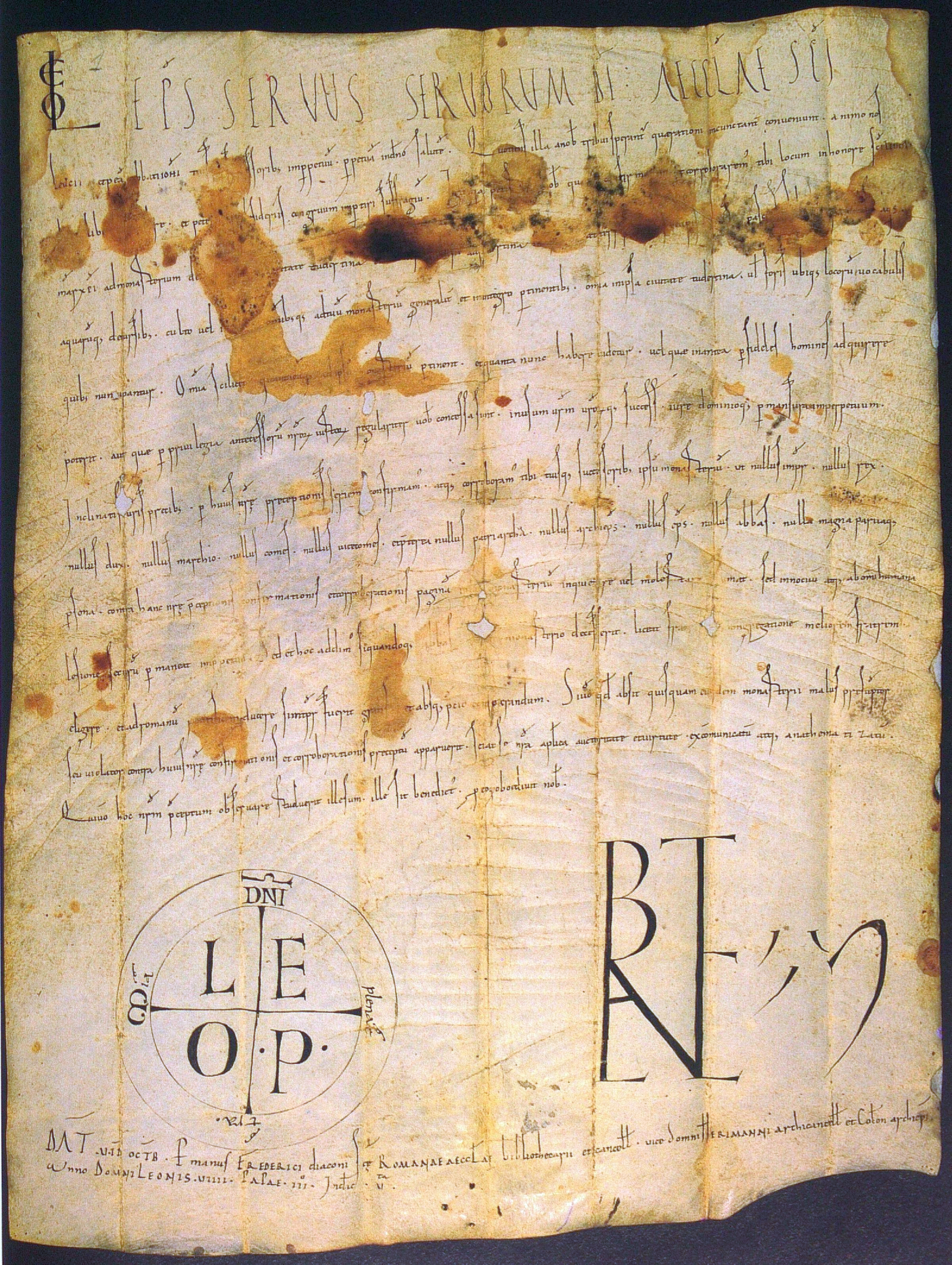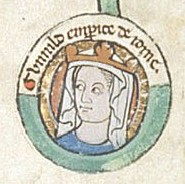|
Atinolfo
Atinolfo was the Bishop of Fiesole (1038–1057) and an opponent of Papal reform. Onomastics suggest that he was a Lombard originally from southern Italy. Atinolfo was staying in Florence when he was appointed bishop by the Emperor Conrad II in February or March 1038. His predecessor, also an imperial appointee, was Iacopo il Bavaro, was a reformer who restored the diocesan patrimony. Atinolfo appears to have been otherwise. He repossessed the possessions of the diocese which Iacopo had granted to the monastery of San Bartolomeo. As late as July 1039 he was still not consecrated, despite the growing movement within Latin Christendom against that practice. He appears also to have been an imperial partisan, though imperial intervention in ecclesiastical affairs would soon stir up the Investiture Controversy. On 25 October 1046 he attended the Synod of Pavia convoked by the Emperor Henry III. Nonetheless, Atinolfo signed the canons with Gerard, Bishop of Florence, of a Rom ... [...More Info...] [...Related Items...] OR: [Wikipedia] [Google] [Baidu] |
Bishop Of Fiesole
The Diocese of Fiesole ( la, Dioecesis Fesulana) is a Roman Catholic diocese in Tuscany, central Italy, whose episcopal see is the city of Fiesole. Fiesole was directly subject to the pope until 1420, when the archdiocese of Florence was created and Fiesole was made one of its suffragan bishops. It is still a suffragan of the Metropolitan Archbishopric of Florence."Diocese of Fiesole" ''''. David M. Cheney. Retrieved October 7, 2016."Diocese of Fiesole" ''GCatholic.org''. Gabriel Chow. Retrieved Octo ... [...More Info...] [...Related Items...] OR: [Wikipedia] [Google] [Baidu] |
Council Of Pavia (1046)
Council of Pavia or Synod of Pavia may refer to: * Council of Pavia (698), ended the schism of the Three Chapters in northern Italy *Council of Pavia (850), prohibited bishops from hunting *Council of Pavia (962), attended by Otto the Great *Council of Pavia (997), dealt with the illegal transfer of archbishop of Mainz and the bigamous marriage of Robert II of France *Council of Pavia (998), held by the Emperor Otto III *Council of Pavia (1018), dealt with church reform *Council of Pavia (1022) Council of Pavia or Synod of Pavia may refer to: * Council of Pavia (698), ended the schism of the Three Chapters in northern Italy *Council of Pavia (850), prohibited bishops from hunting *Council of Pavia (962), attended by Otto the Great *Counc ..., dealt with church reform * Council of Pavia (1046), held by the Henry III of Germany on his way to be crowned emperor *Council of Pavia (1160), convened by Frederick Barbarossa to end a papal schism *Council of Siena (1423–1424), which ... [...More Info...] [...Related Items...] OR: [Wikipedia] [Google] [Baidu] |
11th-century Italian Roman Catholic Bishops
The 11th century is the period from 1001 (Roman numerals, MI) through 1100 (Roman numerals, MC) in accordance with the Julian calendar, and the 1st century of the 2nd millennium. In the history of Europe, this period is considered the early part of the High Middle Ages. There was, after a brief ascendancy, a sudden decline of Byzantine Empire, Byzantine power and a rise of Normans, Norman domination over much of Europe, along with the prominent role in Europe of notably influential popes. Christendom experienced a formal schism in this century which had been developing over previous centuries between the Latin West and Byzantine East, causing a split in its two largest denominations to this day: Roman Catholicism and Eastern Orthodoxy. In Song dynasty China and the Islamic Golden Age, classical Islamic world, this century marked the high point for both classical History of science and technology in China, Chinese civilization, science and Technology of the Song dynasty, technol ... [...More Info...] [...Related Items...] OR: [Wikipedia] [Google] [Baidu] |
People From The Province Of Florence
A person ( : people) is a being that has certain capacities or attributes such as reason, morality, consciousness or self-consciousness, and being a part of a culturally established form of social relations such as kinship, ownership of property, or legal responsibility. The defining features of personhood and, consequently, what makes a person count as a person, differ widely among cultures and contexts. In addition to the question of personhood, of what makes a being count as a person to begin with, there are further questions about personal identity and self: both about what makes any particular person that particular person instead of another, and about what makes a person at one time the same person as they were or will be at another time despite any intervening changes. The plural form "people" is often used to refer to an entire nation or ethnic group (as in "a people"), and this was the original meaning of the word; it subsequently acquired its use as a plural form of per ... [...More Info...] [...Related Items...] OR: [Wikipedia] [Google] [Baidu] |
Bishops In Tuscany
A bishop is an ordained clergy member who is entrusted with a position of authority and oversight in a religious institution. In Christianity, bishops are normally responsible for the governance of dioceses. The role or office of bishop is called episcopacy. Organizationally, several Christian denominations utilize ecclesiastical structures that call for the position of bishops, while other denominations have dispensed with this office, seeing it as a symbol of power. Bishops have also exercised political authority. Traditionally, bishops claim apostolic succession, a direct historical lineage dating back to the original Twelve Apostles or Saint Paul. The bishops are by doctrine understood as those who possess the full priesthood given by Jesus Christ, and therefore may ordain other clergy, including other bishops. A person ordained as a deacon, priest (i.e. presbyter), and then bishop is understood to hold the fullness of the ministerial priesthood, given responsibility by ... [...More Info...] [...Related Items...] OR: [Wikipedia] [Google] [Baidu] |
1050s Deaths
1 (one, unit, unity) is a number representing a single or the only entity. 1 is also a numerical digit and represents a single unit of counting or measurement. For example, a line segment of ''unit length'' is a line segment of length 1. In conventions of sign where zero is considered neither positive nor negative, 1 is the first and smallest positive integer. It is also sometimes considered the first of the infinite sequence of natural numbers, followed by 2, although by other definitions 1 is the second natural number, following 0. The fundamental mathematical property of 1 is to be a multiplicative identity, meaning that any number multiplied by 1 equals the same number. Most if not all properties of 1 can be deduced from this. In advanced mathematics, a multiplicative identity is often denoted 1, even if it is not a number. 1 is by convention not considered a prime number; this was not universally accepted until the mid-20th century. Additionally, 1 is the ... [...More Info...] [...Related Items...] OR: [Wikipedia] [Google] [Baidu] |
Pope Victor II
Pope Victor II (c. 1018 – 28 July 1057), born Gebhard of Dollnstein-Hirschberg, was the head of the Catholic Church and ruler of the Papal States from 13 April 1055 until his death in 1057. Victor II was one of a series of German-born popes who led the Gregorian Reform. Early life Gebhard was a native of the Kingdom of Germany in the Holy Roman Empire. His place of birth is unknown. He was a son of the Swabian Count Hartwig of Calw and a kinsman of Emperor Henry III. Hartweg's brother, Gotebald, had been a canon of Eichstatt, then Provost of Speyer, Imperial Chancellor for Italy, and, from 1049 to 1063, Patriarch of Aquileia. At the suggestion of the emperor's uncle, Gebhard, bishop of Ratisbon, the 24-year-old Gebhard was appointed bishop of Eichstätt. In this position, he supported the emperor's interests and eventually became one of his closest advisors. [...More Info...] [...Related Items...] OR: [Wikipedia] [Google] [Baidu] |
Arezzo
Arezzo ( , , ) , also ; ett, 𐌀𐌓𐌉𐌕𐌉𐌌, Aritim. is a city and ''comune'' in Italy and the capital of the province of the same name located in Tuscany. Arezzo is about southeast of Florence at an elevation of above sea level. As of 2022, the population was about 97,000. Known as the city of gold and of the high fashion, Arezzo was home to artists and poets such as Giorgio Vasari, Guido of Arezzo and Guittone d'Arezzo and in its province to Renaissance artist Michelangelo. In the artistic field, the city is famous for the frescoes by Piero della Francesca inside the Basilica of San Francesco, and the crucifix by Cimabue inside the Basilica of San Domenico. The city is also known for the important Giostra del Saracino, a game of chivalry that dates back to the Middle Ages. History Described by Livy as one of the ''Capita Etruriae'' (Etruscan capitals), Arezzo (''Aritim'' in Etruscan) is believed to have been one of the twelve most important Etruscan cities� ... [...More Info...] [...Related Items...] OR: [Wikipedia] [Google] [Baidu] |
Tuscany
Tuscany ( ; it, Toscana ) is a Regions of Italy, region in central Italy with an area of about and a population of about 3.8 million inhabitants. The regional capital is Florence (''Firenze''). Tuscany is known for its landscapes, history, artistic legacy, and its influence on high culture. It is regarded as the birthplace of the Italian Renaissance and of the foundations of the Italian language. The prestige established by the Tuscan dialect's use in literature by Dante Alighieri, Petrarch, Giovanni Boccaccio, Niccolò Machiavelli and Francesco Guicciardini led to its subsequent elaboration as the language of culture throughout Italy. It has been home to many figures influential in the history of art and science, and contains well-known museums such as the Uffizi and the Palazzo Pitti. Tuscany is also known for its wines, including Chianti, Vino Nobile di Montepulciano, Morellino di Scansano, Brunello di Montalcino and white Vernaccia di San Gimignano. Having a strong linguisti ... [...More Info...] [...Related Items...] OR: [Wikipedia] [Google] [Baidu] |
Pope Leo IX
Pope Leo IX (21 June 1002 – 19 April 1054), born Bruno von Egisheim-Dagsburg, was the head of the Catholic Church and ruler of the Papal States from 12 February 1049 to his death in 1054. Leo IX is considered to be one of the most historically significant popes of the Middle Ages; he was instrumental in the precipitation of the Great Schism of 1054, considered the turning point in which the Catholic and Eastern Orthodox Churches formally separated. He is venerated as a saint in the Catholic Church. Leo IX favored traditional morality in his reformation of the Catholic Church. One of his first public acts was to hold the Easter synod of 1049; he joined Emperor Henry III in Saxony and accompanied him to Cologne and Aachen. He also summoned a meeting of the higher clergy in Reims in which several important reforming decrees were passed. At Mainz he held a council at which the Italian and French as well as the German clergy were represented, and ambassadors of the Byzantine emperor ... [...More Info...] [...Related Items...] OR: [Wikipedia] [Google] [Baidu] |
Emperor Henry III
Henry III (28 October 1016 – 5 October 1056), called the Black or the Pious, was Holy Roman Emperor from 1046 until his death in 1056. A member of the Salian dynasty, he was the eldest son of Conrad II and Gisela of Swabia. Henry was raised by his father, who made him Duke of Bavaria in 1026, appointed him co-ruler in 1028 and bestowed him with the duchy of Swabia and the Kingdom of Burgundy ten years later in 1038. The emperor's death the following year ended a remarkably smooth and harmonious transition process towards Henry's sovereign rule, that was rather uncharacteristic for the Ottonian and Salian monarchs. Henry succeeded Conrad II as Duke of Carinthia and King of Italy and continued to pursue his father's political course on the basis of ''virtus et probitas'' (courage and honesty), which led to an unprecedented sacral exaltation of the kingship. In 1046 Henry ended the papal schism, was crowned Emperor by Pope Clement II, freed the Vatican from dependence on the Roman ... [...More Info...] [...Related Items...] OR: [Wikipedia] [Google] [Baidu] |
_1938.jpg)





